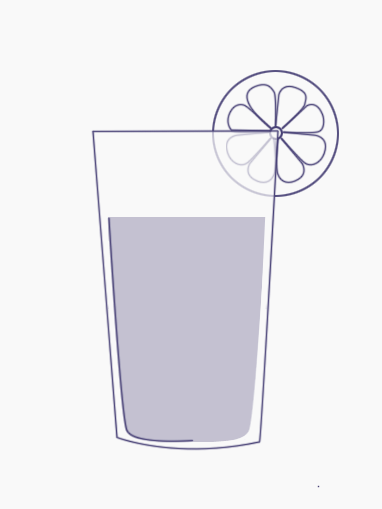
Grappa
- Category: Strong alcoholic drinks
- Volume: 40%
Grappa is an Italian grape alcoholic beverage with an alcohol content ranging from 40% to 55%.
There is a legend that Grappa was first distilled by a Roman legionnaire in the 2nd century in the Italian commune of Bassano del Grappa. He stole the distillation equipment while returning from Egypt. However, it was more likely that such equipment could not have arrived in Italy earlier than the 10th century (possibly as a result of the Crusades). Around 1600 A.D., Jesuits in Spain, Italy and Germany studied and codified the methods used to make brandy or grappa, and these methods were used until recently to create the drink. The modernization of the distillation of grappa likely occurred in Northern Italy in 1979. Modern improvements included vacuum seed distillation, the use of varietal grapes and aging in barrels made from various types of wood (to improve the taste of the liquor).
It is made by distilling grape pomace, i.e. grape residues (including stems and seeds), which resulted from the wine-making process. At the final stage, grappa is filtered. After this, depending on the type of drink, it is either bottled or sent for aging in wooden barrels. Like wine, the taste of grappa depends on the variety and quality of the grapes used (and the type of wood of the barrels, if the drink is aged).
Main types of grappa: giovane (young) - young grappa; affinata in legno - grappa aged in wooden barrels for 6 months; invecchiata - grappa aged in barrels for at least 12 months; stravecchia - very old grappa or rizerva. Such grappa is aged in barrels for at least 18 months; aromatica - aromatic, made from aromatic grape varieties; aromatizzata - flavored grappa, infused with berries, fruits, herbs.
Most famous brands: Nonino, Bortolo Nardini, Berta, Bocchino.
